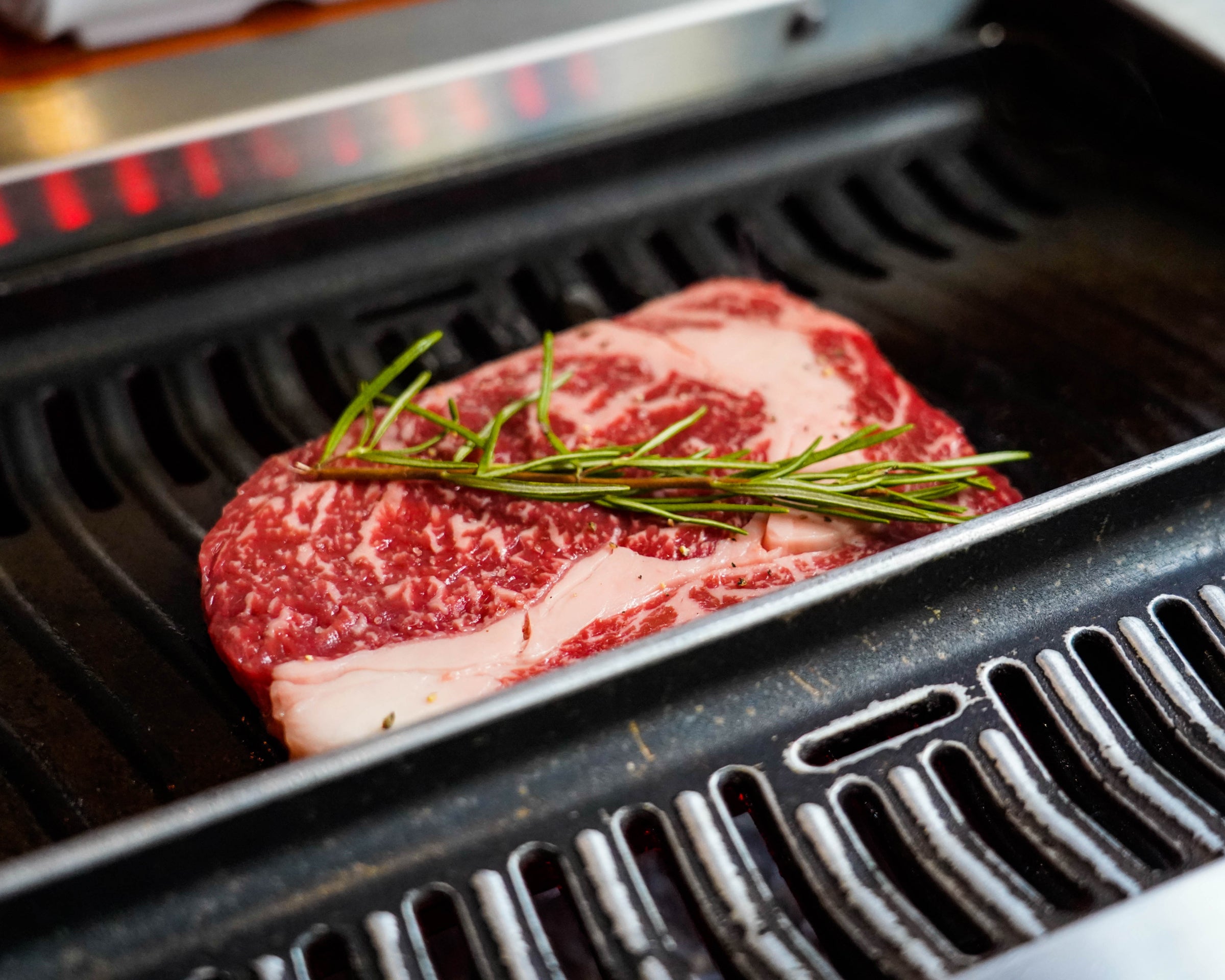When it comes to Wagyu beef, the terms A5, BMS, and other codes might seem like a secret language only meat connoisseurs understand. But fear not, we're here to decode these codes and demystify the world of Wagyu grading.
Understanding Wagyu Grades
Let's start with the big one: Wagyu grades. When you see a grade like A5 on a piece of Wagyu, it's all about the meat's quality. The letter (A) represents the yield grade, indicating how much usable meat comes from the cattle. A is the highest grade, meaning the most meat.
The number (5) is all about meat quality. It ranges from 1 to 5, with 5 being the best. This number tells you how much marbling, tenderness, and overall deliciousness you can expect. So, A5 is like the gold standard of Wagyu—it's got the most meat, and that meat is top-notch. A5 Wagyu is most commonly designated to Japanese Wagyu varieties.
Cracking the BMS Code
Now, let's talk about BMS, which stands for Beef Marbling Score. This score is like the marbling level of your steak. Marbling refers to those beautiful streaks of fat within the meat that melt during cooking, making it incredibly tender and flavorful.
BMS scores range from 1 to 12, and the higher the score, the more marbling you'll find. A BMS of 12 is like the Picasso of marbling; it's a work of art. But even lower BMS scores can deliver a fantastic eating experience. It's all about your personal preference. Some common BMS ranges you might run into when shopping for Wagyu are:
- BMS 4-5
- BMS 6-7
- BMS 8-9
- BMS 9+
Other Wagyu Grading Factors
While A5 and BMS are essential, there are other factors to consider when choosing Wagyu:
- Color: Wagyu beef should have a bright cherry-red color. Avoid any grayish tones.
- Texture: Look for fine meat texture with minimal connective tissue.
- Fat Color: Quality Wagyu should have creamy white fat. Yellowish fat might indicate an older animal.
- Fat Quality: Besides quantity, the quality of fat matters. It should be evenly distributed and melt at a lower temperature.
- Size and Shape: Wagyu cuts should be uniform and well-shaped.
Choosing the Right Wagyu
Now that you're fluent in Wagyu grading, it's time to choose the perfect cut. Remember, A5 is the best grade for both yield and quality, often regarded as the "pinnacle" of Wagyu. Given this, you can expect to pay more on such cuts. If price is an issue, or if you're just looking to different options that also strike excellent and comparable balance between richness, tenderness, and price, consider trying some Australian Wagyu or Domestic varieties – all of which can be found here on High Society Meats. A BMS of 8 or 9 is a sweet spot for many, offering fantastic marbling without breaking the bank.
In the end, the best Wagyu for you depends on your taste buds and budget. So, don't be afraid to explore different grades and cuts to find your Wagyu heaven.
There you have it, the not-so-secret language of Wagyu grades and scores. Armed with this knowledge, you're ready to choose the perfect Wagyu for your next culinary masterpiece. Happy grilling!


Leave a comment
All comments are moderated before being published.
This site is protected by hCaptcha and the hCaptcha Privacy Policy and Terms of Service apply.